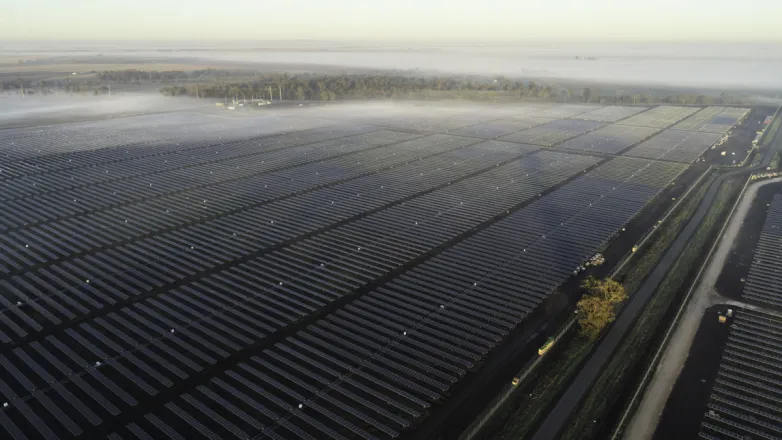Risen profits for HJT manufacturer
Oct 30, 2019 03:54 PM ET
- Ukraine’s favorite solar module manufacturer has posted another encouraging set of returns, after a difficult year in 2018. And Risen – which boasted 6.6 GW of annual production capacity at the end of last year, according to analysts at PV InfoLink – is committed to adding another 2.5 GW before 2022.

The latest financial update released by Chinese heterojunction (HJT) cell and module manufacturer Risen indicate soaring profits after last year’s public subsidy policy-related hit, and would appear to show the company is making light of the unexpectedly slow pace of solar deployment in its homeland.
With notably big orders arriving from Ukraine – and a more-than-50% slice of the Dominican Republic module market – Ningbo-based Risen posted a 134% rise in third-quarter net profits to RMB261 million ($37 million), according to news service PR Newswire.
Risen has thus far failed to publish the full third-quarter update in English online, making it difficult to dig down into the figures but, even bearing in mind the undoubtedly selective nature of the figures presented, operating income of RMB9.77 billion and net profits of RMB783 million in the first nine months of the year make for impressive reading.
That nine-month profit figure marks an almost fourfold rise in the returns attributable to shareholders, even if it would be interesting to learn more about the RMB38 million in one-off deductions made from the July-to-September net profit.
Ukraine orders
Some 763 MW of module shipments to Ukraine in the first half alone helped Risen account for more than 10% of the Chinese PV panels shipped to Europe during that period, with the company the second largest Chinese exporter to the market. With Risen announcing a further 148 MW order from Ukraine last month, the company expects to export almost 1 GW to the nation this year.
Some 2.78 GW of modules saw Risen climb to fifth in the list of Chinese panel manufacturers shipping product overseas in the first half, surpassing rivals GCL and Chint.
Despite fears among analysts a hoped-for rush of Chinese solar project deployment late this year may prove to be a pipe dream, Risen is pressing ahead with aggressive production capacity expansion plans, like many of its peers.
In August, the company announced plans for a $465 million, 2.5 GW cell and module manufacturing facility in Ninghai, in Nigbo county, Zhejiang province. Set to be operational before 2022, the facility would manufacture HJT cells on 13 production lines for assembly into modules on a further eight lines.
That will mean anticipated annual output of 1 GW of bifacial, half-cut-cell modules and 1.5 GW of shingled products once fully operational. The PR Newswire financial update said that would add up to another RMB5 billion of annual revenue once the facility is up and running.
Also read

